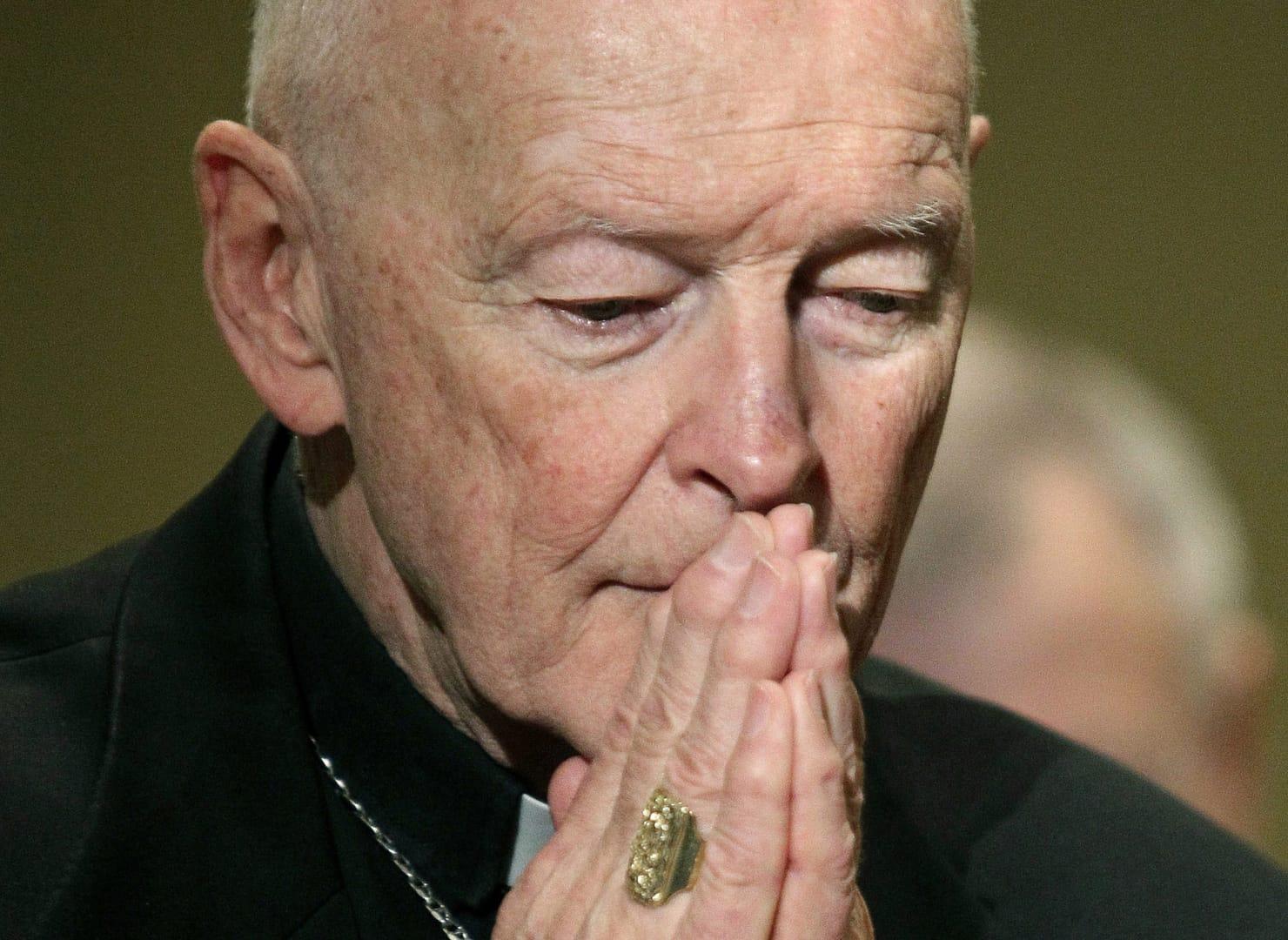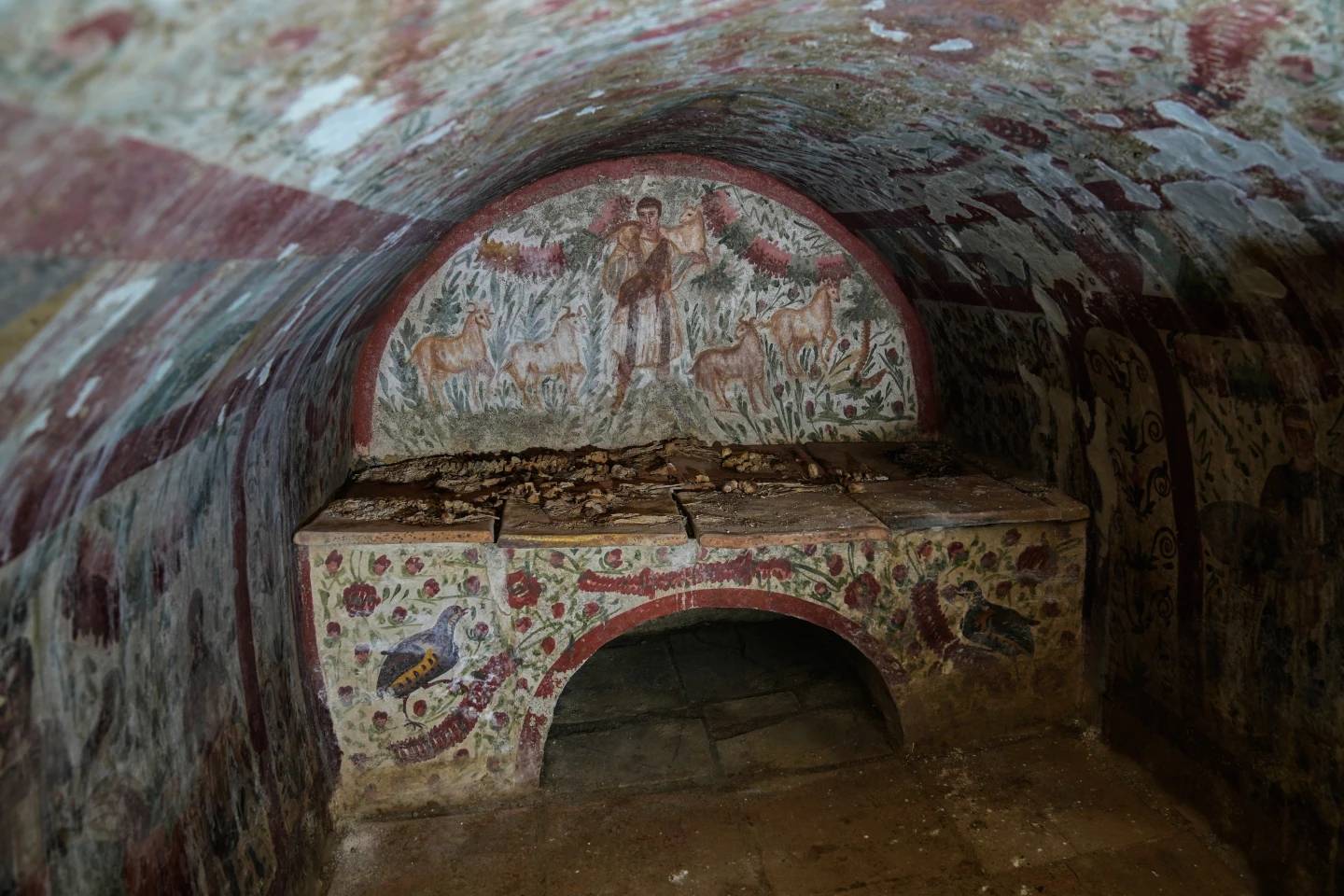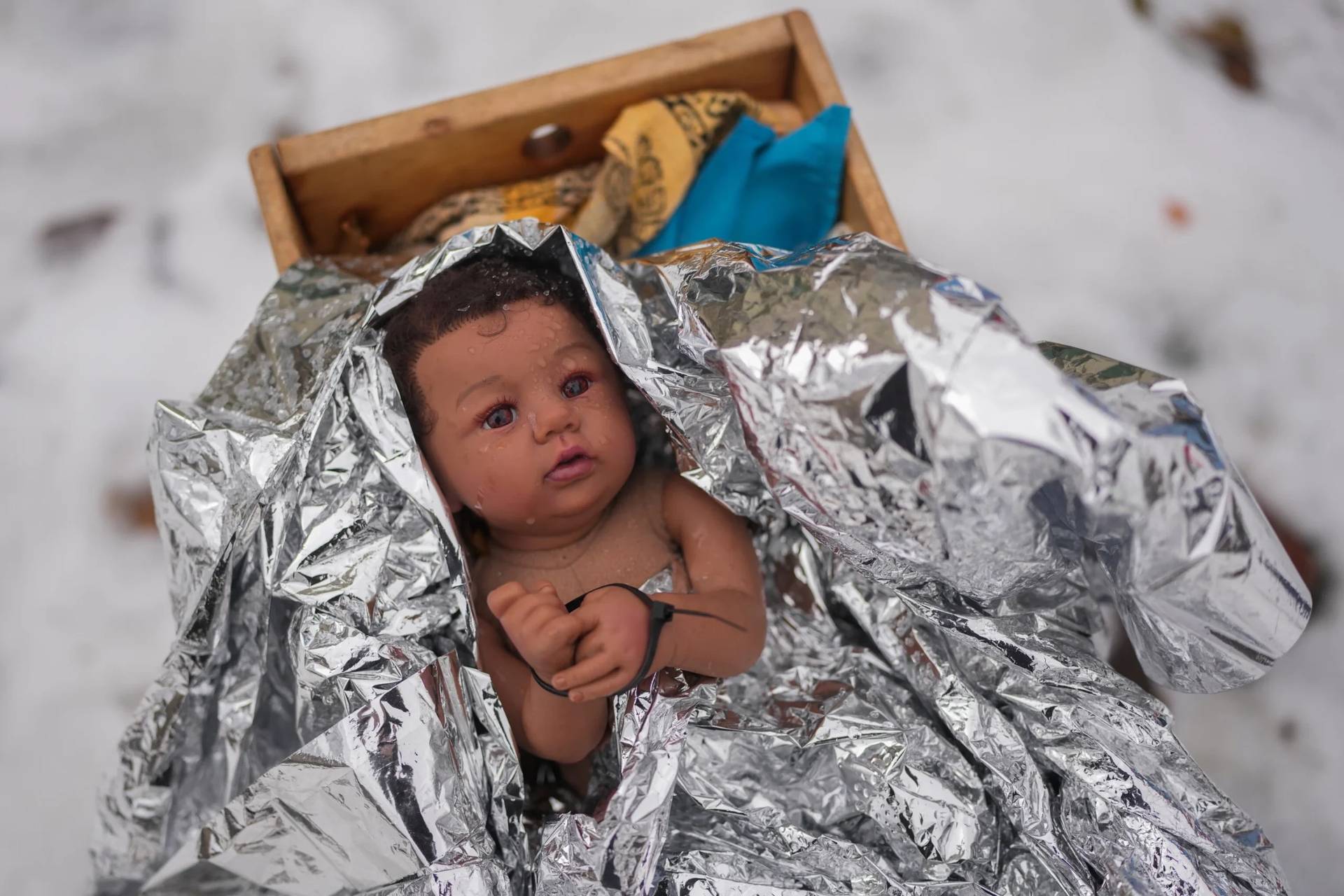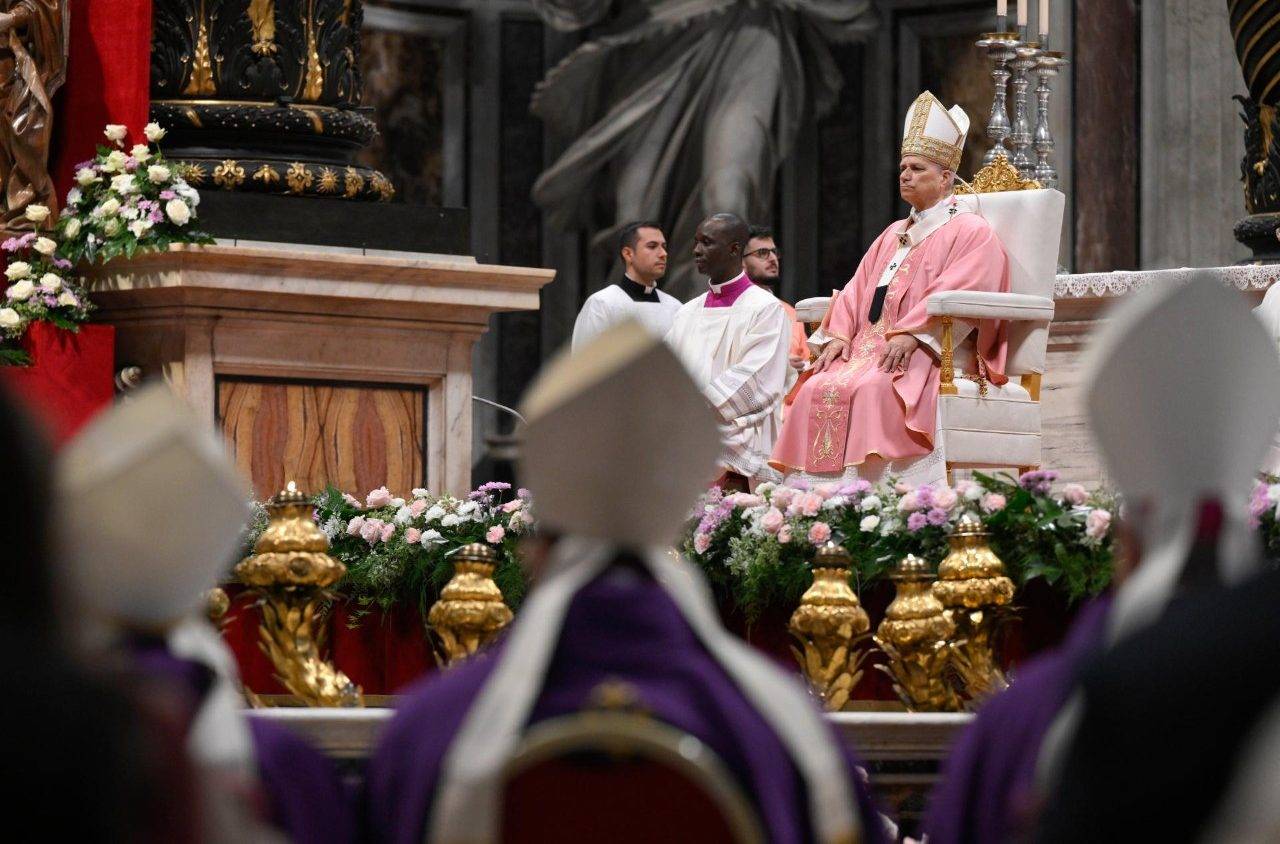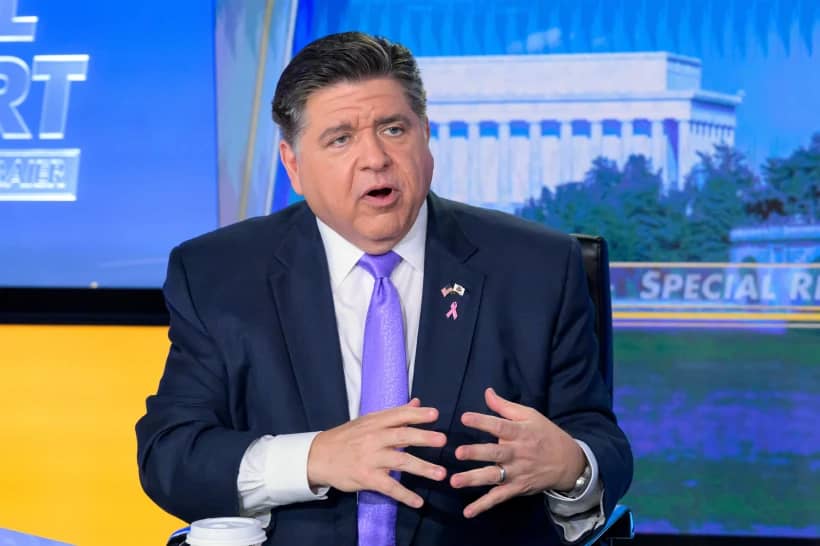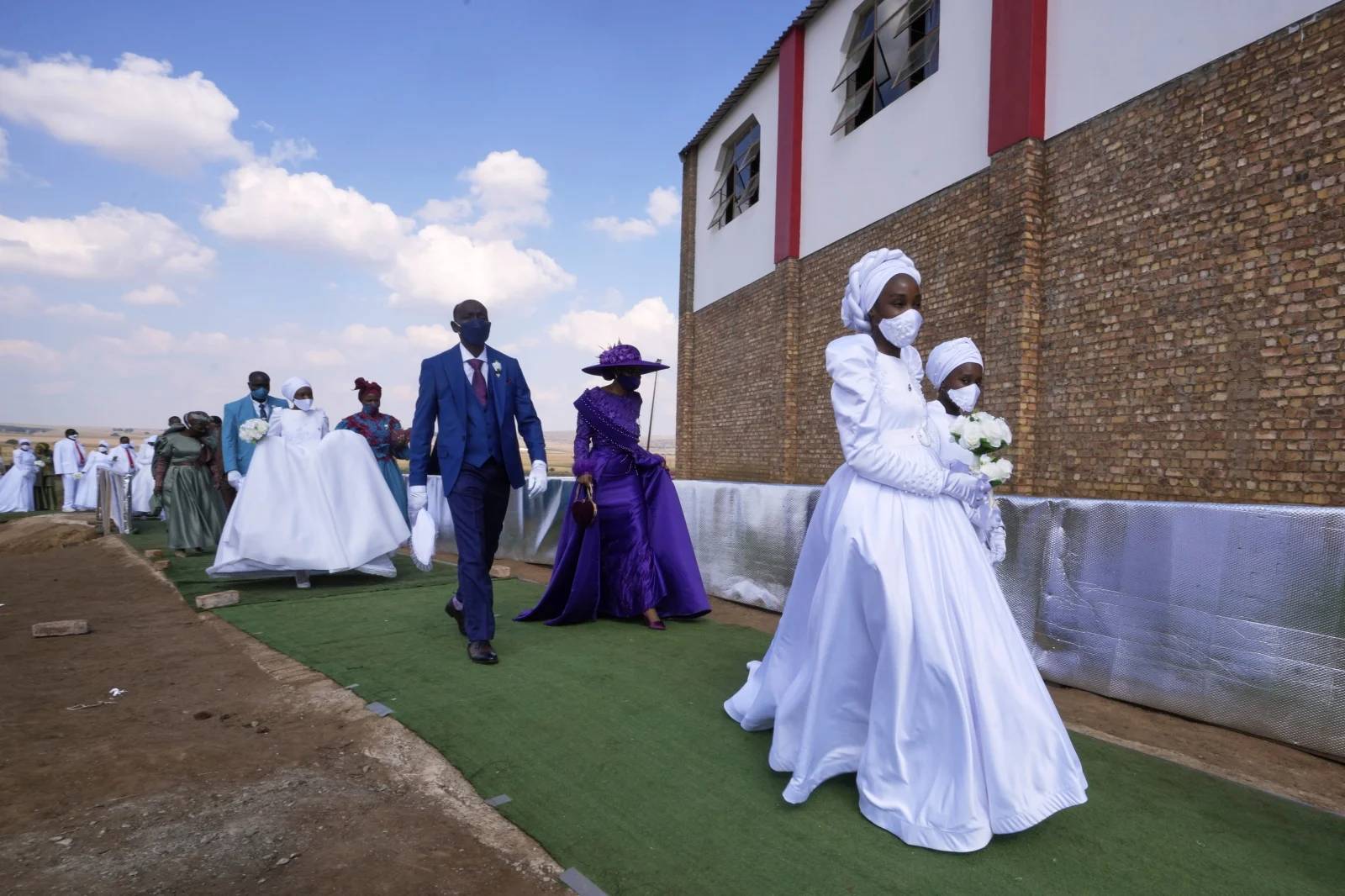ROME – It’s taken far too long to get here, with agonizing delays, chaos, confusion, and reversals of fortune along the way, not to mention accusations of fraud and cover-up. Even now that we have a final result, heated arguments over its meaning and legitimacy probably are only beginning.
That’s not a summary of the 2020 US election, though it easily could be. The reference instead is to the Vatican’s release today of its long-awaited report on ex-cardinal and ex-priest Theodore McCarrick, promised more than two years ago and finally at hand.
The report is scheduled to be released at 2:00 p.m. Rome time, meaning 8:00 a.m. on the East Coast of the United States. It’s said to run to several hundred pages, though exactly how many will depend on the font size and pagination the Vatican chooses to employ.
The formal title is, “Report on the Holy See’s institutional knowledge and decision-making process related to formal Cardinal Theodore Edgar McCarrick (from 1930 to 2017).” The span runs from McCarrick’s birth to shortly before charges of sexual abuse and misconduct against McCarrick became public, presumably because by that point the question of what the Vatican knew, and when it knew it, became moot.
Like no other chapter of the clerical sexual abuse scandals, the McCarrick crisis shifted the focus of public attention from the crime to the cover-up.
Most American Catholics were no longer shocked to learn that a cleric had engaged in such behavior, even at McCarrick’s level. The real question was how he’d been able to remain at the pinnacle of power for decades, despite the fact that rumors of suspicious conduct circulated as early as the 1990s.
We’ll know whether the report satisfies that demand for transparency and accountability only after it’s out. In the meantime, here are four cautions by way of calibrating expectations.
Patience
The mantra of election coverage in America for the past week has been, “We have to be patient.” It took time to get enough votes counted to know who’d won, and even know many of those counts are either incomplete or in dispute.
Similarly, it’s going to take time to know exactly which questions this report answers and which it doesn’t, and, ultimately, what it tells us about failures to detect McCarrick’s misconduct and to intervene appropriately. It’ll likely take even more time to drill down into the details and get a sense of how comprehensive the disclosures actually are.
My advice?
Don’t read any insta-analysis of the report from 8:00 a.m. tomorrow until at least a few hours later. Anyone who purports to have digested the whole thing before then isn’t being serious.
Bad Guys and Smoking Guns
There will be a natural tendency to want to identify the bad guys in this report, meaning the popes or cardinals or other top dogs who knew about McCarrick’s behavior and turned a blind eye – because they were bought off, because McCarrick had leverage on them for some other reason, or simply because they didn’t take it seriously. There will also be a push to find proof of personal culpability, meaning key letters or other pieces of evidence.
Yet thinking in terms of bad guys and smoking guns is often a prescription for over-simplifying a more complicated story.
For one thing, it’s important to remember that when rumors about McCarrick circulated pre-2018, they didn’t involve minors but behavior with adult seminarians and priests. There was also an impression that whatever may have happened, it was in the past. Neither justifies ignoring the problem, but they may help explain why there wasn’t the sense of urgency about getting to the bottom of it we would expect today.
Beyond that, we know from the experience of the last thirty years that cases with a “smoking gun” proving conclusively the Vatican knew a given cleric or prelate was an abuser and covered it up anyway are hard to find. More often we’re in the “should have known” arena, meaning they got credible reports and claims and declined to pursue them, usually due to the willful ignorance of a clerical culture.
By “clerical culture,” what’s meant is a culture in which clerics get the benefit of the doubt, and the higher up the food chain you go, the more doubt you get. Further, it’s a culture in which the opinions and instincts of bishops count for more than either lay people or rank-and-file priests – so that if one bishop says another bishop is a great guy, that’s often worth 100 laity or 10 priests warning that something is off.
That culture may be crumbling fast, but it was in place for virtually the entire span of the saga this report seeks to document.
It would be easier, naturally, if what happened could be explained by a couple of cookie-cutter villains, so we knew who to blame. The less satisfying truth may be that an entire culture, skillfully exploited by a charming and resourceful prelate, induced otherwise decent people to ignore clear warning signs of danger.
On that front, it will be fascinating to see what the report may tell us about what was actually in the minds of senior officials in the Vatican, especially at the decisive moments in McCarrick’s career.
Pope v. Pope
There may also be a push in certain circles to politicize the contents of the report by spinning it either as indictment of the St. John Paul II/Benedict XVI years or of Pope Francis. In the latter case, that tendency has been turbo-charged by the claim of Archbishop Carlo Maria Viganò that he personally briefed the new pope about McCarrick in 2013 but Francis not only failed to act but effectively rehabilitated McCarrick after he’d been sidelined under Benedict.
We have to wait and see, but it’s possible that here too the report may present a more complicated picture.
The same toxic mix of a lack of indisputable proof, combined with the tendency to take assurances from senior clergy at face value, may well have stamped the responses of all three popes. Certainly things have changed a great deal under Francis, but let’s remember that in 2013, when the exchange with Viganò took place, Francis was still two years away from appointing Juan Barros as the bishop of Osorno in Chile and then stubbornly defending him against abuse charges until the evidence simply became too overwhelming to deny.
Most probably, the report will document failures under all three popes, and any tendency to exonerate one at the expense of another arguably will be a better gauge of the biases of the commentator than of what the evidence actually shows.
Money and Manipulation
One persistent suspicion about why McCarrick was able to evade detection for so long is that he used his legendary fundraising prowess to buy impunity, delivering cash to the Vatican and favorite papal causes.
In a sense, we hardly need a report running hundreds of pages to know that. We already knew, for example, that McCarrick was one of the co-founders of the Papal Foundation while he was the Archbishop of Newark, and that he guided the foundation over the years in providing millions of dollars from wealthy US Catholics to support various papal initiatives. The idea that such largesse didn’t buy McCarrick a degree of favorable regard in Rome defies common sense.
Though presumably the report will look into that aspect of the story, it’s also possible the conclusion will be less that there were direct quid-pro-quo payoffs and more that such activities were part of a larger pattern with McCarrick of obscuring negative reports under an avalanche of good will.
Put differently, money may turn out to have been just one among many ways in which McCarrick skillfully reinforced the blind spots of the clerical system.
Going forward, the real question may well be how to construct firebreaks and safeguards to ensure that master manipulators, even when they’re wearing a cardinal’s red, can’t go undetected, no matter the size of their checkbooks or how many trouble-shooting missions they take on.
Whether the report provides an answer, or at least points to one, remains to be seen. But it’s the best argument I can think of for actually reading the whole thing.
Follow John Allen on Twitter at @JohnLAllenJr.
